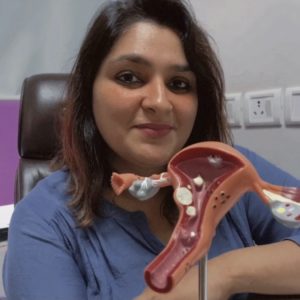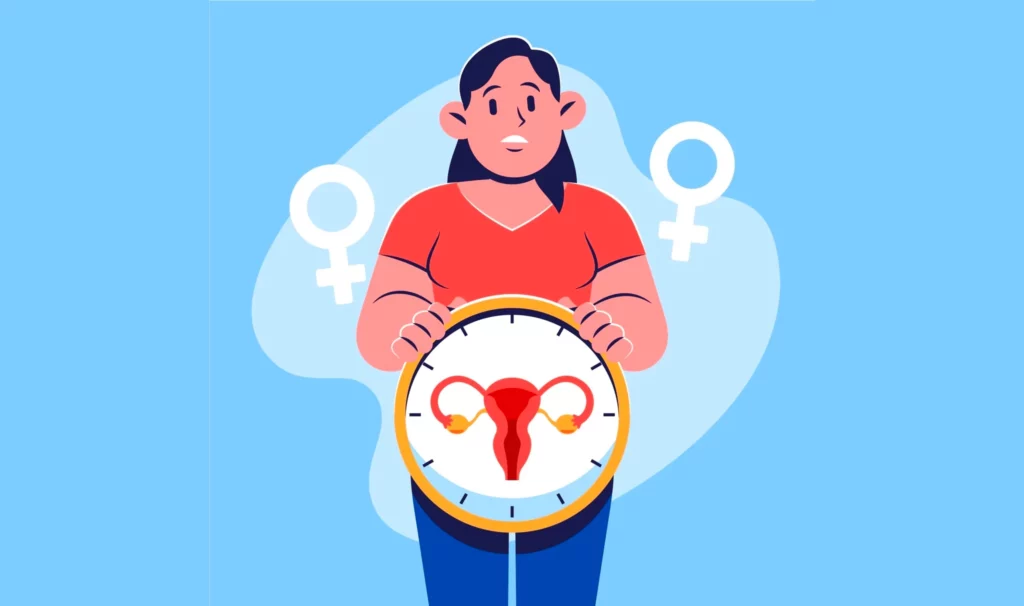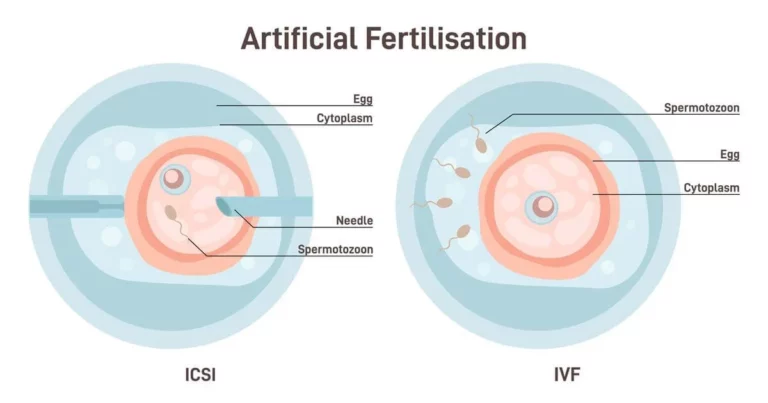Egg retrieval is a technique primarily used to help couples suffering from infertility to achieve pregnancy. It involves collecting multiple eggs from a woman’s ovaries, for facilitating conception through In-Vitro Fertilization (IVF), or sometimes for freezing them for later use. So, whether you are struggling to conceive or planning to get pregnant at a later time, IVF egg retrieval can be helpful.
In this comprehensive article, we will delve into the concept of IVF egg retrieval, covering everything from the process itself to do and don’ts, recovery, next steps, and potential side effects.
IVF Egg Retrieval Process

Preparing for The Procedure
The procedure typically starts with a baseline appointment. This appointment aims at assessing the woman’s ovarian reserve through the levels of Anti-Mullerian Hormone (AMH) and pinpointing the timeline of her natural menstrual cycle.
Since AMH levels are a marker of a woman’s ovarian reserve, women with low AMH levels may produce fewer eggs during the stimulation phase. However, the exact number of how many eggs are retrieved can vary from woman to woman. And, some women with low AMH can still produce sufficient viable eggs for retrieval.
Ovarian Stimulation
Once the baseline assessments are done, the egg retrieval process is put into motion by administering the woman with ovarian stimulation medications.
These medications are typically administered from day 2 or day 4 of the woman’s menstrual cycle and continued for next 9 days. From day 1 of starting the IVF egg retrieval process, women are given regular doses of Follicle-Stimulating Hormone (FSH) until day 9. Also, from day 6 to day 9, a regular dose of an antagonist, Gonadotropin-Releasing Hormone (GnRH) is also given.
FSH stimulates the growth of the ovarian follicles and eggs they contain. On the other hand, GnRH prevents premature ovulation.
Monitoring
During the period when ovarian stimulation medications are given, day 5, day 7, and day 9 are scheduled for monitoring the follicle growth. On monitoring days, ultrasounds and certain blood tests are conducted to monitor hormone levels, follicle growth, and endometrial lining thickness.
Once follicles grow to a certain size, about 15 to 20 mm in diameter. They are considered mature and ready for egg collection.
Trigger Shot
Once the follicles are ready for retrieval, a final shot of lupron or Human Chorionic Gonadotropin (HCG) is given to the woman on day 10. This shot is administered to induce final egg maturation and ovulation.
Egg Retrieval
About 36 hours after the trigger shot is administered, the egg collection procedure takes place. Well, for IVF or egg freezing, it is important that the mature eggs are retrieved before the actual ovulation.
Natural ovulation involves rupturing of an ovarian follicle and releasing the mature egg. After which the egg starts its journey by moving through the fallopian tube towards the uterine wall. But, during retrieval, mature eggs are to be collected shortly before they start their journey, the period when eggs are ready for fertilization but still within the follicles. During the procedure, average egg retrieval for IVF is 8-12 eggs. Woman’s age significantly affects this number. Younger women can produce more eggs than older women because of having a higher ovarian reserve.
The procedure starts with inserting a thin hollow needle connected to a catheter through the vagina under ultrasound guidance and delicately sucking the follicular fluid that carries the developed eggs. Once the fluid is collected, it will immediately be sent to the laboratory where an embryologist will identify the eggs, isolate them from the fluid and keep them in a cultured media for a few hours before proceeding to freezing or fertilization.
This entire retrieval procedure is done under general or local anesthesia, hardly takes 5-10 minutes, and is minimally invasive. It is completely comfortable, safe and causes no incisions or stitches.
Fertilization or Freezing
After the retrieval is done, the eggs are further processed for freezing or fertilization.
In case of fertilization, eggs and concentrated sperm are kept together for 4 to 5 hours in the laboratory. Or, the sperm are straightway injected into them through Intracytoplasmic Sperm Injection (ICSI) technique. Following some time, they are checked for fertilization and once it occurs, the fertilized eggs are transferred to an incubation device where they develop into embryos for the next 2 to 5 days. After incubation, only the most robust embryos, called ‘the blastocysts’ are then implanted in the woman’s uterus.
On the other hand, in case of freezing, a small device known as a ‘straw’ is used to keep the eggs. The straw containing them is then dipped into liquid nitrogen, causing immediate freezing.
Dos and Don’ts Before Egg Retrieval
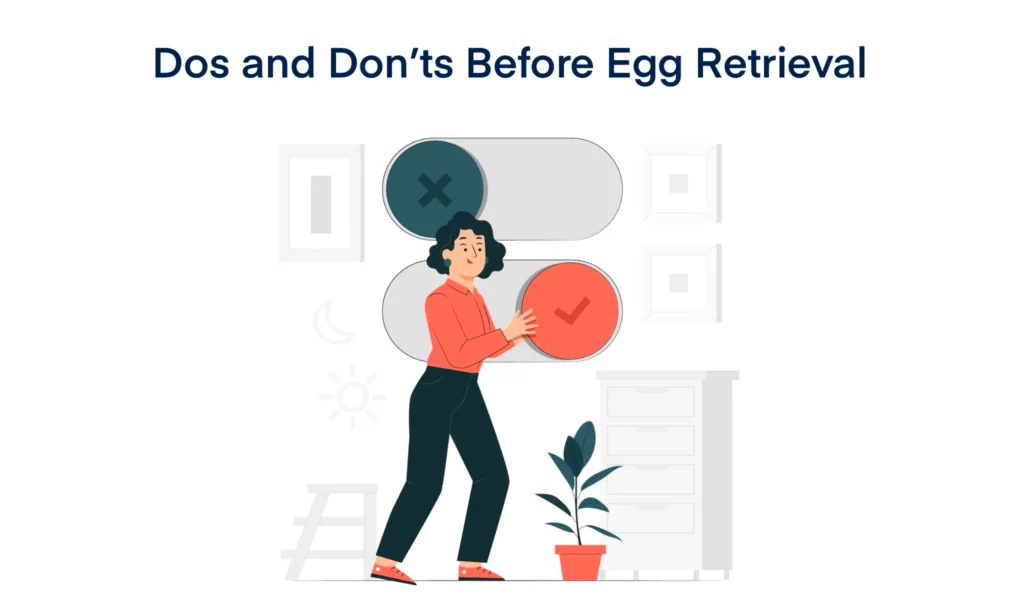
Though it is a minimally invasive surgery, it is important that the woman carefully follows the instructions given by the embryologist. Such common dos and don’ts include:
- Dos: It is important that the woman stays well-hydrated, eats healthy nutritious food, and gets ample rest. She must attend all the scheduled monitoring appointments. On the day of the procedure, wear comfortable and easy to take off clothes, arrive a few hours early at the clinic, and have someone to ride you back home post-retrieval.
- Don’ts: Avoid physically exerting activities and stress, refrain from drinking alcohol, smoking, and certain medications as per your embryologist’s advice. On surgery day, refrain from eating or drinking anything after midnight, and avoid sex.
Egg Retrieval Recovery

Recovery after the procedure is quite straightforward and the woman can return to her daily activities within a day or two. However, it is essential to comply with a couple of guidelines to ensure a smooth and quicker recovery.
- Rest: Though a woman will not need bed rest for a long time, doctors often recommend taking it easy for at least a day and then gradually return to the normal activities.
- Avoid Exerting Actions: Avoid any exerting actions including exercising, heavy lifting, running, cycling or any activity that is exerting.
- Pain Management: Mild to moderate discomfort, bloating, and cramping are common for a couple of hours which can sometimes even last up to a day. For this, the doctor generally administers over-the-counter pain relievers such as an acetaminophen, and a nonsteroidal anti-inflammatory drug.
- Hydration: Good hydration is essential for accelerating the process of recovery. Drinking ample amounts of water during the day.
- Diet: Throughout recovery, make sure you are having a diet that is balanced and gentle on the stomach such as whole grains, unsaturated fats, soups, and fruits.
- Avoid Sexual Intercourse: Because the ovaries go through strain, it is always recommended that the couple avoids sexual activity for a few days following the procedure, to prevent any potential complications.
What is the Next Step after Egg Retrieval?
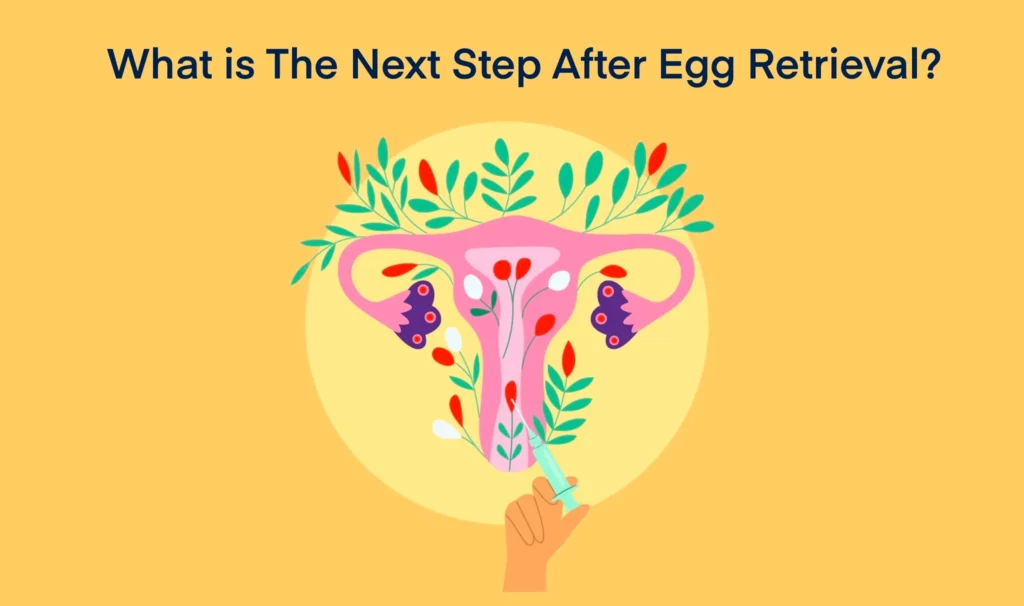
A woman’s next step after the procedure will depend on the following interests:
- Were you planning to freeze your eggs for later use? Or
- Were you planning to get pregnant?
Egg Freezing
If you were planning to freeze the retrieved eggs or embryos, to use them at a later time, you are done. After the retrieval procedure, if you are not planning to get pregnant at the moment, you can ask the embryologist to freeze them, fertilized or unfertilized, and store them under your name and patient ID. You could use those eggs to get pregnant at any time later in your reproductive years.
Fresh Embryo Transfer
If you were planning to get pregnant at the moment with retrieved eggs, you can proceed further with IVF embryo transfer. The collected eggs will be fertilized by the intended father’s sperm, incubated to ‘cleavage’ or ‘blastocyst’ stage and then implanted around the uterine lining to induce pregnancy.
Frozen Embryo Transfer after Egg Retrieval
If you are planning to get pregnant at a later time with the eggs you have retrieved, IVF frozen embryo transfer (FET) is the procedure to go with. In this procedure, the timeline between egg collection and embryo transfer varies. You may want to delay the pregnancy due to an ongoing serious health condition, a surgery, chemotherapy treatment or for any reason. You can keep your collected eggs stored and get pregnant with them at a later time , when you feel ready, by thawing and transferring them to the uterus.
Potential Egg Retrieval Side Effects
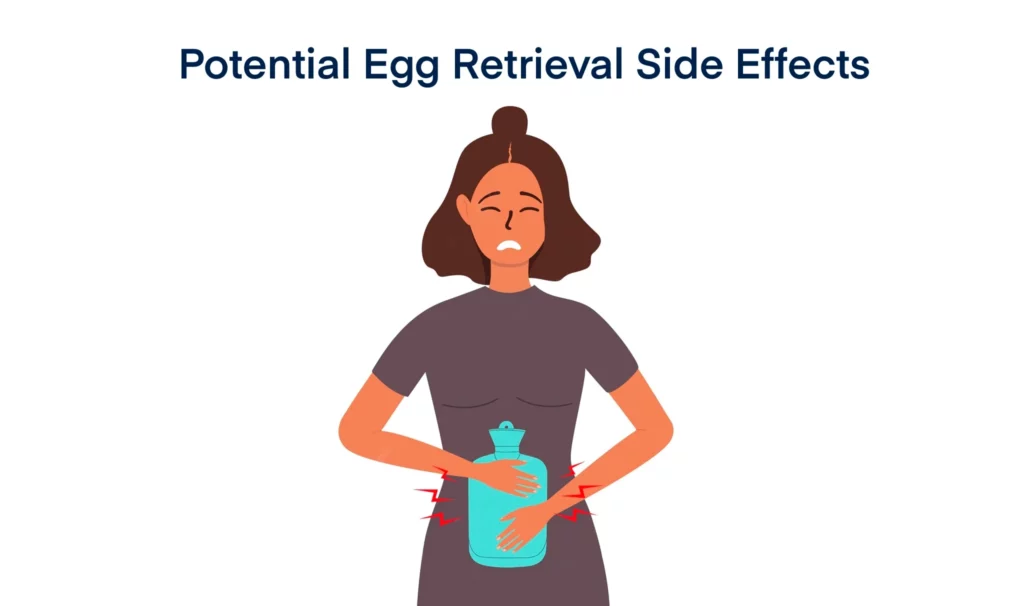
The procedure is generally a comfortable, safe and minimally invasive surgery. However, it may often provoke some side effects and discomfort, including:
- Mild Pain: Mild to moderate pelvic pain, discomfort and cramping is common for a few hours to a day after the procedure and subsides eventually.
- Bleeding: Minor vaginal bleeding is also possible after the procedure but it resolves on its own within a day or two.
- Ovarian Hyperstimulation Syndrome (OHSS): Although very rare, administration of certain stimulating drugs such as FSH, LH, Lupron and GnRH can cause the ovaries to become overstimulated. This can provoke severe bloating, abdominal pain, and nausea. If the condition persists for longer, seeking urgent medical help is required.
- Infection: Although rare, possible scarring throughout any surgical procedure poses a minor risk of causing infection and inflammation.
The Bottom Line
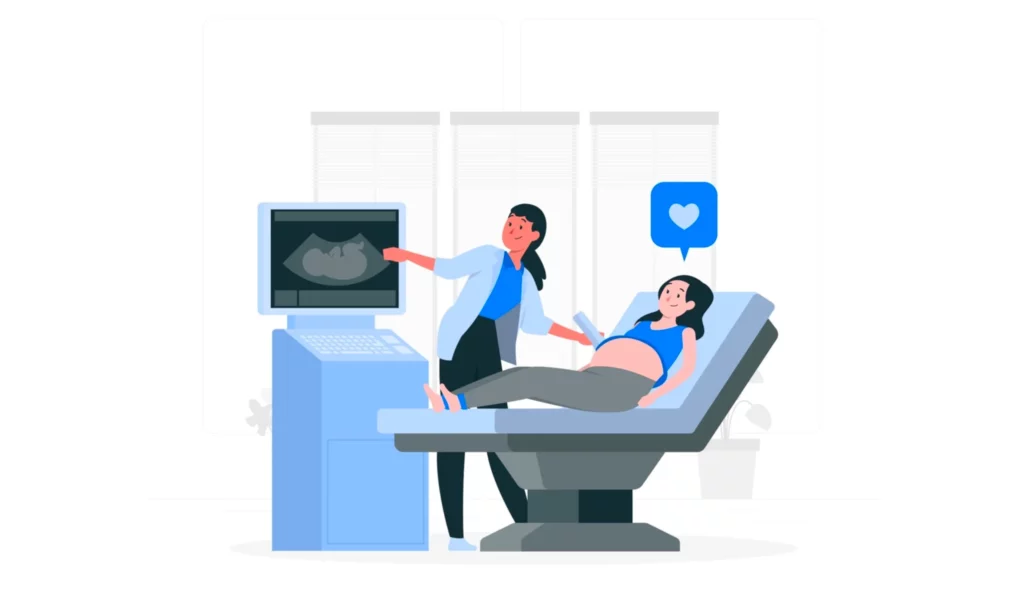
Egg retrieval is a great technique which can help women with infertility get pregnant through IVF or plan the pregnancy at a later time. Though the procedure itself may cause some discomfort and side effects, the reward far outweighs the momentary inconveniences. By understanding the process, adhering to pre and post retrieval dos and don’ts, and seeking medical help if needed, women can concrete her way to a smoother pregnancy journey through IVF.

